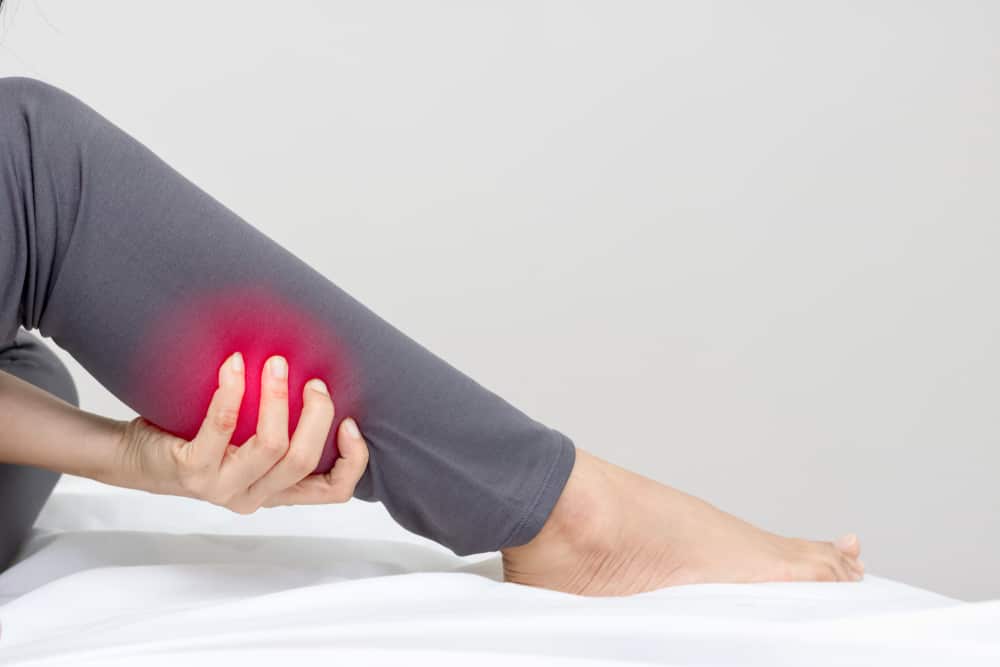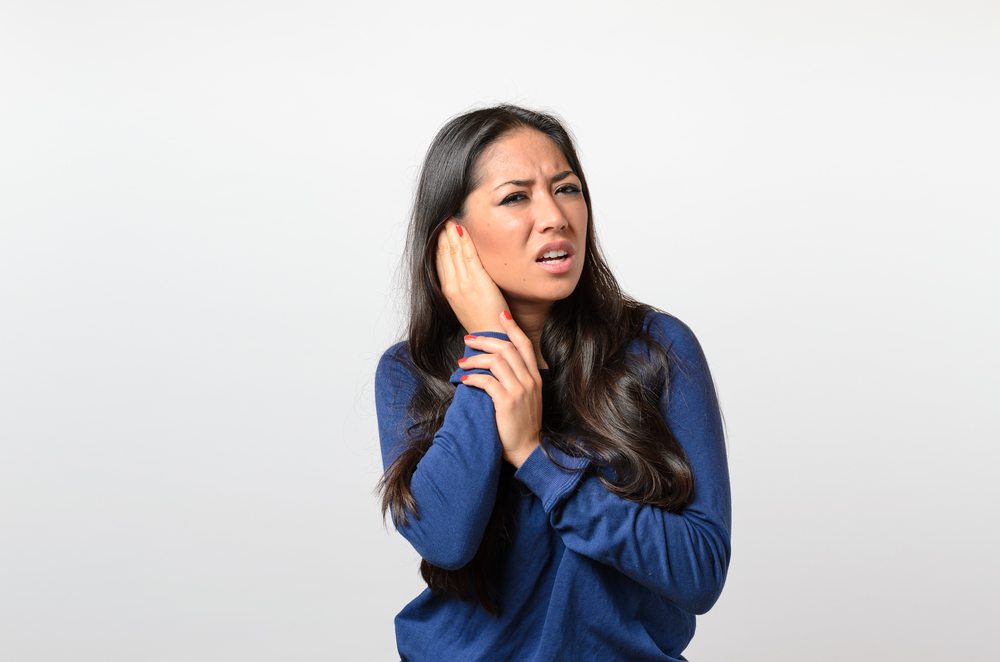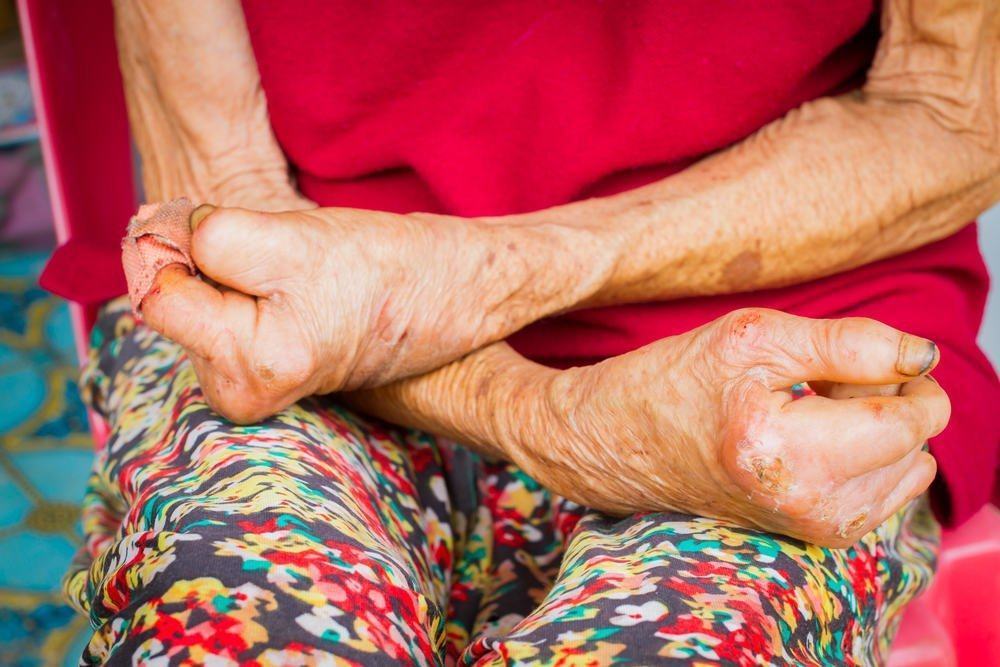Contents:
- Medical Video: How to Lose Belly Fat & Love Handles After Having a Baby
- 1. Walking
- 2. Inhale In Abdominal Contractions
- 3. Head Lifts, Shoulder Lifts, and Curl-Ups
- 4. Kneeling Pelvic Tilt
- 5. Kegel Gymnastics
- 6. Bonus: Sports for Mother and Baby
Medical Video: How to Lose Belly Fat & Love Handles After Having a Baby
After giving birth, women will usually worry about their stretchy body shape. Even so, even hard exercise can sometimes not be an option because new mothers usually don't have free time. Moreover, the condition of the body that is not fully fit makes the risk of injury is higher.
Well, here we summarize several types of sports that are safe to do and can help restore the body shape as before.
1. Walking
It may sound trivial, but walking is the simplest way to start a exercise routine after giving birth.
Before you get pregnant, you will usually walk with a high intensity of time and speed, but this time you just need to slow down in doing walking activities. To add weight and make you burn more calories, walk while holding your baby placed in a special baby carrier.
In order not to get bored easily, try to walk backwards slowly or walk zigzag to train your muscles to react to unusual movements. But, don't do this when your little one is in a sling, unless you master your balance properly.
2. Inhale In Abdominal Contractions
This movement is very easy and can help relaxation and strengthen the muscles around the abdomen.
Sit up straight and take a deep breath, taking it by pushing the diaphragm up. Contract and hold the abdominal muscles tight when taking a breath and relax when exhaling. Increase the time to take and breathe every repetition.
3. Head Lifts, Shoulder Lifts, and Curl-Ups
This movement is good for strengthening your back muscles, while at the same time can flatten the stomach and burn calories.
Head lifts:
Lie on your back with your arms at your sides. Your lower back should stick to the floor, bend your knees with your feet flat on the floor. Loosen your stomach when breathing. When exhaling, slowly lift the head and neck from the floor. Inhale when you lower your head back down.
Shoulder lifts:
Do the same position when you do the lift head. Inhale and relax your stomach. When you exhale, lift your head and shoulders off the floor, reach your arms and hands towards your knees.
If this hurts your neck, fold both hands behind your head but don't pull your neck. Inhale when you lower your head and shoulders back down.
Curl-up:
Start in the same position on the floor. Lift your body up to about halfway between your knees and the floor behind you. Get to your knees and hold for 2 to 5 seconds. Then, slowly lower it down. Don't forget to breathe.
4. Kneeling Pelvic Tilt
This exercise movement can help tighten your abdominal muscles. Strengthening the upper chest muscles can also relieve back pain.
Start placing your feet and hands on the floor like a crawl, your toes touching the floor behind you, arms straight down from your shoulder line, palms touching the floor. Your back must be relaxed and straight, not curved. When you inhale, pull your butt forward, tilt your pelvis and pull your pubic bone up. Hold for three counts, and relax.
5. Kegel Gymnastics
This exercise will help the bladder muscle strength and help reduce the risk of incontinence during labor. The more Kegel exercises you do and the longer you hold back, the control of your bladder will improve and you will not be easily wet if you sneeze, laugh or lift your baby.
Your goal is to hold the muscles that control the flow of urine. To get control of the muscle, start by doing exercises while you are in the bathroom. When you urinate, manipulate your muscles until the urine stops temporarily. Then release and let the urine flow again. Try to do this 10 times each session, three times a day.
6. Bonus: Sports for Mother and Baby
It will be difficult to exercise with the baby, especially at the beginning after birth. So, try the following exercise that you can do with your baby. You might want to practice using a doll or rolled blanket or a towel that is the same size as your baby. Before you make a move, you must be sure that you will not drop your baby. Make sure you are fit enough and have a good enough balance to ensure the safety of you and your baby.
- The baby glider:
- Place your baby close to your chest, make a step forward with your left foot (take a broad step forward and bend your knees). Don't let your toes cross your knees. Then return to the starting position and move the opposite foot. This will help strengthen your legs, back muscles, and the inside of your body. Repeat 8-10 times on each side.
- The baby bouncer:
- This movement is similar to a baby glider, but instead of stepping forward, you step to the side of your body (stepping aside, not forward) then squatting. Push your butt back as if you were going to sit in a chair, adjust the position of your knee above your ankle. Repeat 8-10 times for each side.
- Rock-a-baby squats and curls:
- Stand with your feet parallel to your shoulders. Hug your baby tightly and close to your chest, squatting, so that your baby's feet touch the floor. When you stand up, hold the baby closer to your chest. Repeat 15 times. Note: You should only do this exercise if your baby is around 10 to 12 weeks old.












